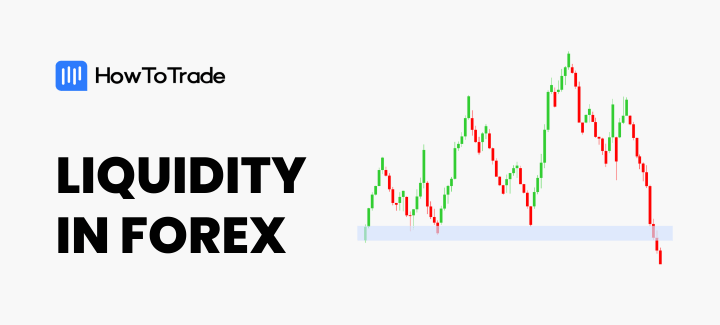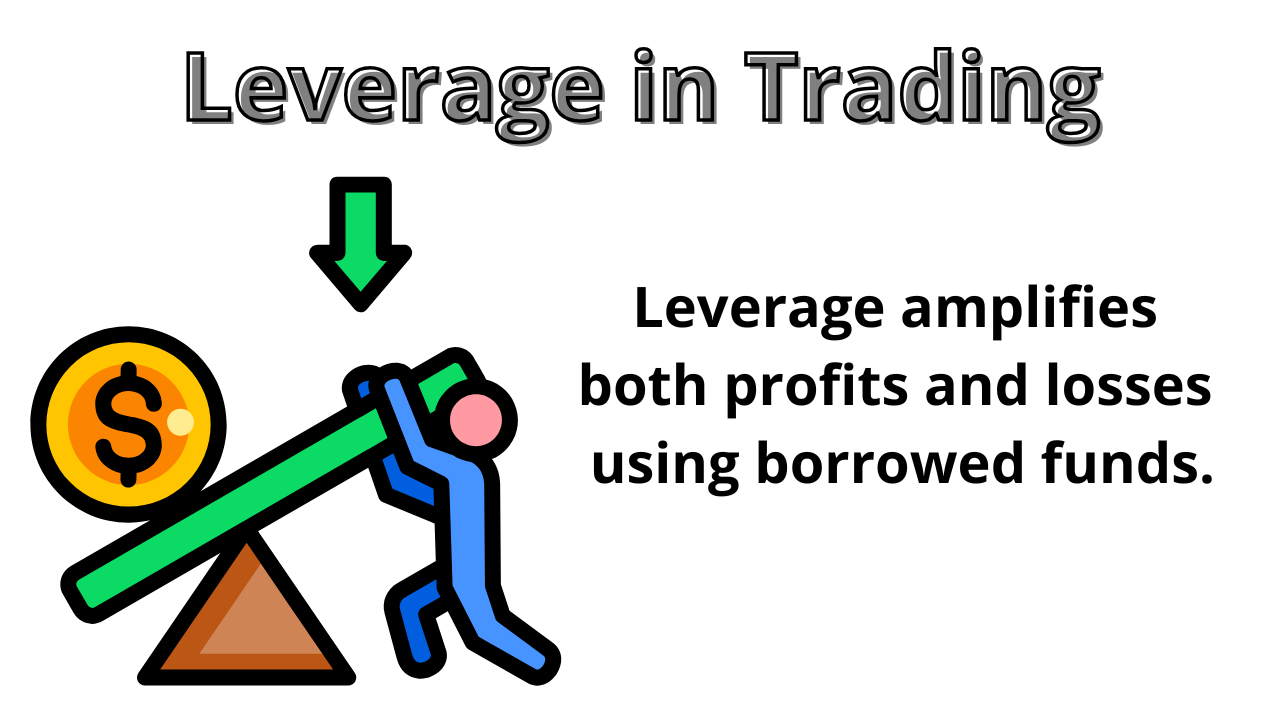
In the fast-paced world of financial markets, timing is everything.
Whether you trade forex, stocks, crypto, or commodities, knowing when to enter and exit a trade can mean the difference between a profit and a loss. One of the most overlooked yet powerful tools for mastering timing is trading liquidity.
If you’ve ever found yourself wondering why a seemingly perfect trade went sideways or why your stop-loss was triggered prematurely, there’s a good chance liquidity played a role.
In this blog post, we’ll explore how to use trading liquidity to time your entry and exit points, making your trades smarter, faster, and more efficient.

What Is Trading Liquidity?
At its core, trading liquidity refers to how easily an asset can be bought or sold in the market without affecting its price. The higher the liquidity, the easier it is to execute trades quickly and at expected prices. Low liquidity, on the other hand, means fewer buyers and sellers, wider spreads, and greater price slippage.
Key Characteristics of High Liquidity:
- Tight bid-ask spreads
- Low slippage
- Fast order execution
- High trading volume
Examples of High Liquidity Assets:
- Major forex pairs like EUR/USD or GBP/USD
- Large-cap stocks like Apple or Microsoft
- Bitcoin during peak trading hours
Why Liquidity Matters for Timing Trades
1. Efficient Entries and Exits
When liquidity is high, you can enter or exit a position with minimal delay and less risk of price distortion. This is especially important for short-term traders who rely on precise timing to catch small price movements.
2. Reduced Slippage
Slippage occurs when your trade is executed at a different price than expected. This is more likely to happen in low-liquidity conditions, especially during major news events or off-market hours. Monitoring liquidity can help you avoid these traps.
3. Better Risk Management
High liquidity allows for tighter stop-losses and more accurate position sizing, giving you better control over your risk.
4. Clearer Market Sentiment
Volume and liquidity levels often reveal where the “smart money” is operating. When a large number of traders are active, it creates more reliable price action and patterns.
How to Measure Trading Liquidity
Before you can use liquidity to time your trades, you need to know how to identify and measure it. Here are some tools and indicators that can help:
1. Bid-Ask Spread
The difference between the highest price a buyer is willing to pay (bid) and the lowest price a seller will accept (ask) is a direct reflection of liquidity. Narrow spreads = high liquidity.
2. Swing lows and highs
Swing highs and lows indicate whether buy-side liquidity or sell-side liquidity has been run. A beginner trader can learn about this price movements to avoid being the liquidity in the market.
3. Order Book Depth
Some platforms show the full order book, revealing how many buy and sell orders are stacked at various price levels. This gives a granular look at liquidity in real-time.
4. Time of Day
Liquidity tends to spike during key trading sessions:
- Forex: London and New York overlap
- Stocks: First and last hours of the trading day
- Crypto: Weekends are often less liquid
Timing Entry Points Using Liquidity
1. Wait for Volume Confirmation
Before jumping into a trade, wait for a surge in volume to confirm the move. Low-volume breakouts are more likely to fail.
Example: In forex, a breakout of a key resistance level during the London session (high liquidity) is more reliable than the same move during the Asian session (lower liquidity).
2. Use the Volume Profile
Volume Profile shows you where the most trading activity has occurred. These high-volume areas act as support and resistance zones, ideal for entry points.
Pro tip: Look for entry opportunities just above or below high-volume nodes where price is likely to react.
3. Watch for Liquidity Pools
Institutional traders often target areas with large stop-loss orders—these are known as liquidity pools. Price may gravitate toward these zones before reversing.
Strategy: Enter trades after liquidity has been “grabbed” and price shows signs of reversal.
4. Avoid Low-Liquidity Times
Avoid entering trades during low-liquidity periods (e.g., market open gaps, lunch hours, or just before news announcements), as spreads widen and volatility becomes erratic.
Timing Exit Points Using Liquidity
1. Exit into Strength
Just as you want to enter when liquidity is high, you also want to exit into strength. Selling into high demand ensures your order gets filled quickly at a good price.
2. Use Volume Divergence
If price is rising but volume is falling, it may be a sign that the move is running out of steam. This is a good time to consider exiting your position.
3. Watch Key Liquidity Zones
Use historical volume and price data to identify zones where previous high activity occurred. These can serve as ideal exit targets.
4. Avoid Exit During News Events
High-impact news can cause sudden shifts in liquidity. Price might spike temporarily, only to reverse. If possible, avoid exiting right after news unless you’re scalping volatility.
Real-World Examples
Forex Example:
You plan to trade EUR/USD during the London session. You identify a breakout above resistance. Volume spikes, the spread is tight, and the order book shows plenty of buy orders below. This is high liquidity—an ideal moment to enter. You plan your exit just below the next resistance zone where volume previously peaked.
Stock Market Example:
You’re trading Apple shares. During the market open, liquidity is high. You enter after the price clears the pre-market high on strong volume. You exit near the end of the day as volume starts to fade and the stock hits a volume resistance area.
Bonus Tips for Liquidity-Based Trading
- Use limit orders in low-liquidity environments to control your entry price.
- Avoid market orders during thin liquidity as they can trigger slippage.
Common Mistakes to Avoid
- Trading illiquid assets: Stick to assets with consistent high liquidity.
- Ignoring the spread: Wider spreads mean higher costs.
- Chasing volume spikes blindly: Always combine volume with price action.
- Forgetting time zones: Trading during off-hours can be risky due to low liquidity.
Final Thoughts
Trading liquidity is more than just a buzzword—it’s a critical element that can dramatically improve your entry and exit timing. By understanding where liquidity is concentrated, how it flows during different times of day, and how to read volume and spreads, you can fine-tune your strategy and gain a real edge in the market.
So next time you’re planning a trade, ask yourself: Is the liquidity on my side? If not, it might be wise to wait.
Start analyzing liquidity today and turn your timing from guesswork into a strategic edge.






0 Comments